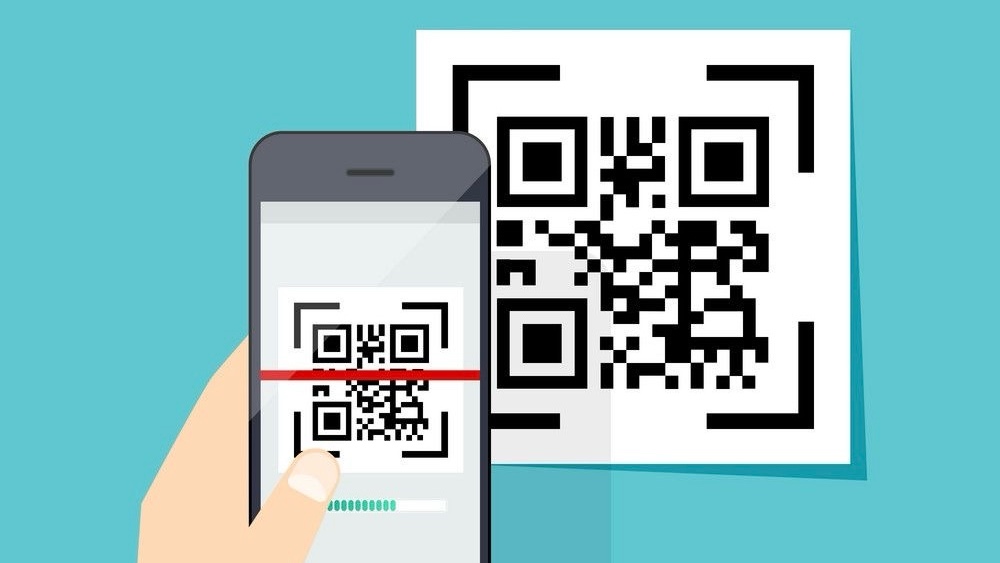In a world that demands instant access to information, QR codes have emerged as a powerful tool, streamlining digital interactions with just a quick scan. Short for “Quick Response,” QR codes are designed to deliver information instantly, saving time and effort for users. As we become increasingly reliant on digital conveniences, QR codes have transformed sectors ranging from retail and healthcare to event management and payments. This article explores how QR codes are accelerating digital interactions and enhancing efficiency across a variety of industries.
The Evolution of QR Codes in Digital Interactions
Originally developed in the 1990s for tracking manufacturing inventory, QR codes have grown to serve as a universal gateway to digital information. With the rise of smartphones, they became a fast and efficient way to link physical and digital spaces. Now, a simple QR scan can connect users to websites, contactless payments, digital forms, virtual experiences, and more. By simplifying access to digital content, QR codes have become an essential part of our fast-paced, digital lives.
How QR Codes Transform Speed in Key Areas
- Instant Payments
QR codes have revolutionized payment systems, particularly in regions where cashless transactions are booming. Instead of handling cash or entering card details, users can scan a QR code to complete a secure transaction within seconds. Popular platforms like Apple Pay, Venmo, and WeChat have embraced QR-based payments, making it easier for users to pay on the go. This instant access to digital transactions speeds up the checkout process, benefiting both businesses and customers. - Fast Access to Information
Whether it’s accessing a menu in a restaurant or viewing product details in a store, QR codes provide users with immediate information. For example, by scanning a QR code on a product label, customers can instantly view specifications, reviews, or promotions. This on-the-spot access reduces the need for lengthy searches or additional assistance, allowing users to make informed decisions quickly. - Efficient Event Check-ins
Event organizers increasingly use QR codes for tickets and check-ins, allowing attendees to scan in with ease. This QR-based entry process reduces wait times and crowds, creating a smoother and faster event experience. The codes are easily sent via email or text, making event management and access much simpler and more streamlined. - Seamless Customer Service
Businesses use QR codes to connect customers directly to support services or detailed product instructions. Rather than waiting in a phone queue or searching through a website, a QR code scan can lead customers to FAQ pages, video tutorials, or live chat options. This efficiency enhances customer experience, allowing people to solve issues quickly and with minimal hassle. - Quick-Connect in Networking and Social Media
QR codes are widely used for digital networking and social media connections. Business cards now often include QR codes that link directly to LinkedIn profiles, company websites, or social media accounts, allowing people to connect digitally in a single scan. This not only simplifies the process of networking but also eliminates the need for manual data entry. - Speeding Up Healthcare Processes
In healthcare, QR codes help speed up access to critical patient information. For instance, hospitals and clinics use QR codes on patient wristbands or medical records to instantly retrieve vital data. Patients can also scan codes to check in for appointments, access telehealth services, or review their medical histories, making the overall healthcare experience faster and more efficient.
Benefits of QR Codes for Speedy Interactions
- Reduced Wait Times: QR codes eliminate the need for manual data entry or physical handling, whether it’s checking out at a store or accessing a digital menu. This minimizes wait times for customers and speeds up transactions for businesses.
- Convenience and Accessibility: QR codes make it easy to access information instantly, removing the need for complex URL typing or app downloads. They provide a direct link to the content, improving accessibility for people on the go.
- Enhanced User Experience: By simplifying steps to access information or make purchases, QR codes offer a smoother user experience. They improve satisfaction and engagement by reducing the number of steps required to reach content.
- Versatility Across Devices: QR codes can be read by most smartphone cameras, making them universally accessible and simple to use without needing additional equipment or apps.
The Future of QR Codes in Digital Interactions
As QR code technology advances, new possibilities for speedier interactions continue to emerge. Innovations in QR-based augmented reality, personalized QR links, and AI integration promise to further enhance the functionality and efficiency of these codes. In a world that values instant access, QR codes will likely remain a key tool in bridging physical and digital experiences, creating faster, smoother, and more immersive interactions.
Conclusion
QR codes have transformed the speed of digital interactions, making everything from payments to customer service more efficient. By offering instant access with a simple scan, QR codes empower users with quick connections to digital information, enriching experiences across various sectors. As businesses and consumers alike seek faster, more convenient ways to interact, QR codes are proving to be a timeless solution for the demands of modern life. Whether you’re scanning to pay, check in, or connect, QR codes make every interaction just a little bit faster and more seamless.



